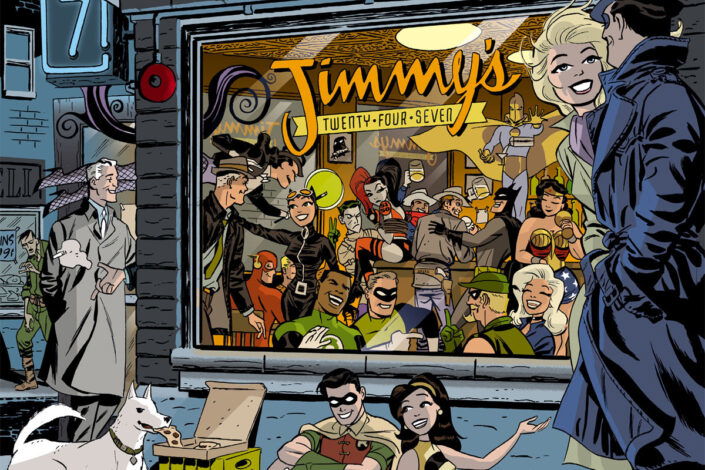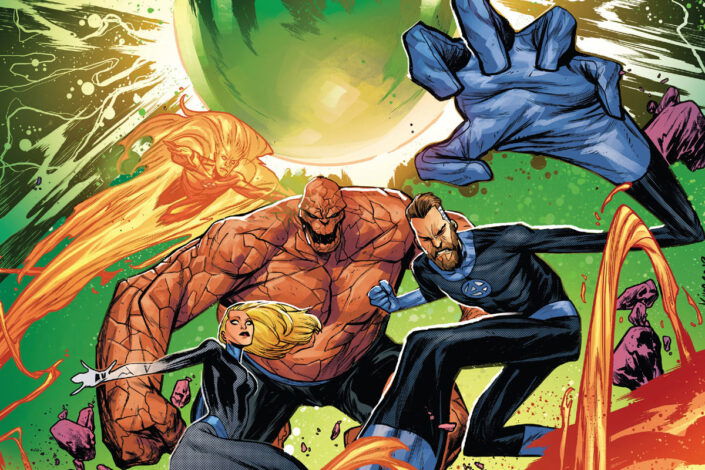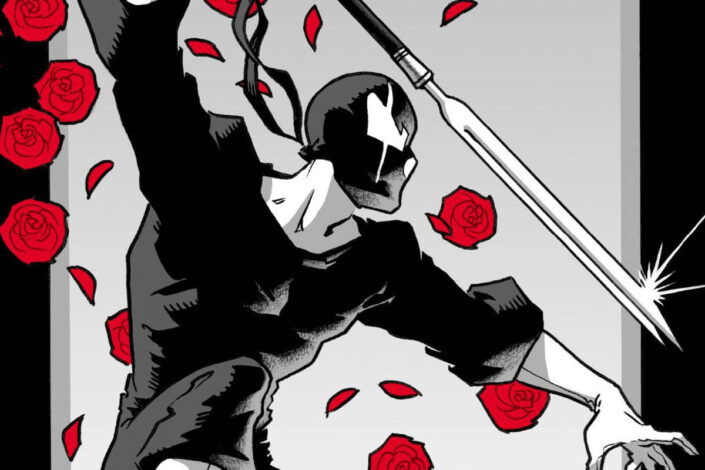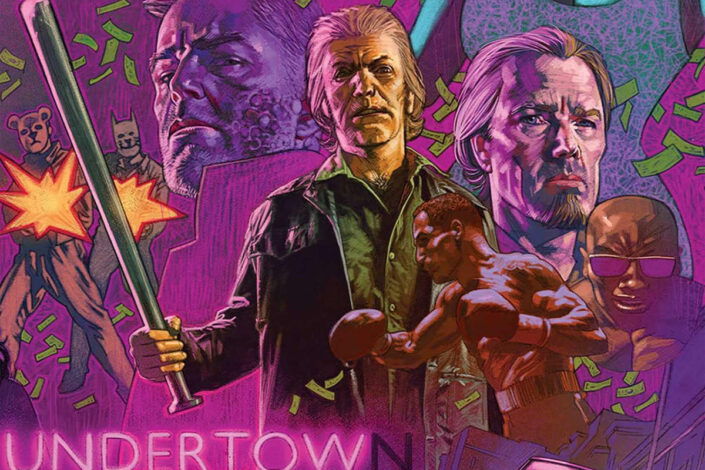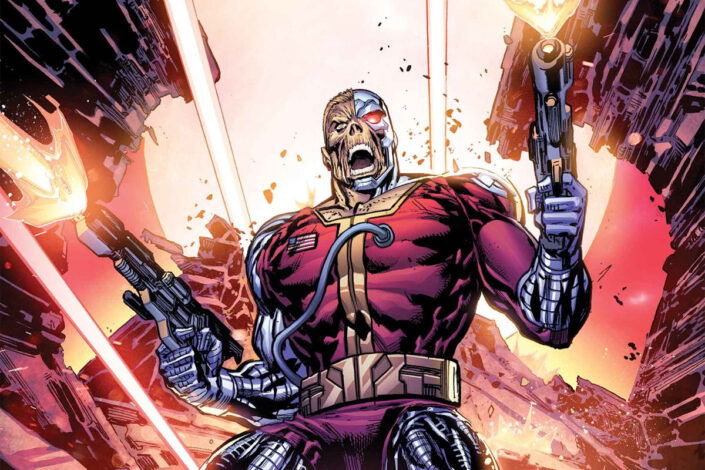Jonah Hex Reading Order, DC Comics’ Western Hero
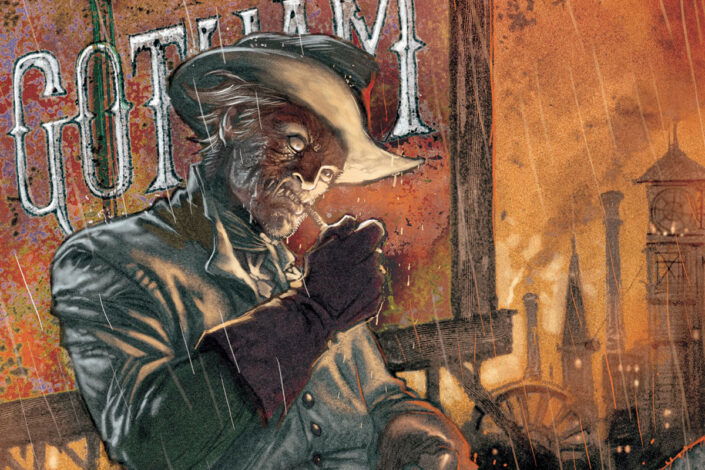
Introduced for the first time in 1972 in the comics All-Star Western #10, Jonah Hex is a creation by writer John Albano and artist Tony DeZuniga. A bad-tempered brutal bounty hunter, Hex emerged at a time when the Western genre was deconstructed and the character contributed to that with his two-face. Looking at him from one side, he looked like the handsome cowboy, but from the other side, with half of his face disfigured, he was a terrifying killer.
The comics introduced him like this: “He was a hero for some, a villain to others… and wherever he rode people spoke his name in whispers. He had no friends, this Jonah Hex, but he did have two companions: one was death itself… the other, the acrid smell of gunsmoke…” Enough said!
At a time when the Comic Code regulations started to loosen up, the violent Jonah Hex became popular in the pages of the Weird Western Tales comics (DeZuniga drew the character for years, but Albano only wrote the first ten adventures of Hex), and after a few years, he finally got his own book. The Crisis on Infinite Earths event put an end to his regular adventures and, since then, he has made multiple comebacks.


